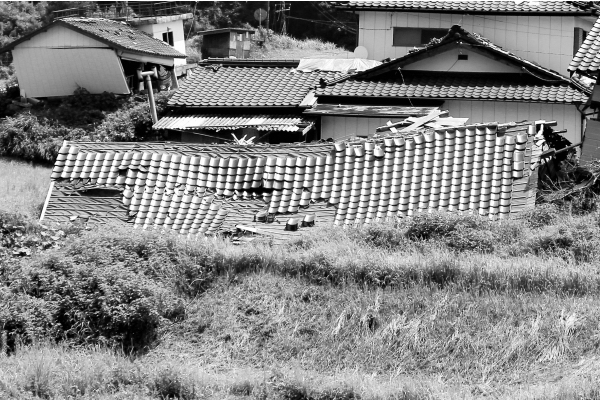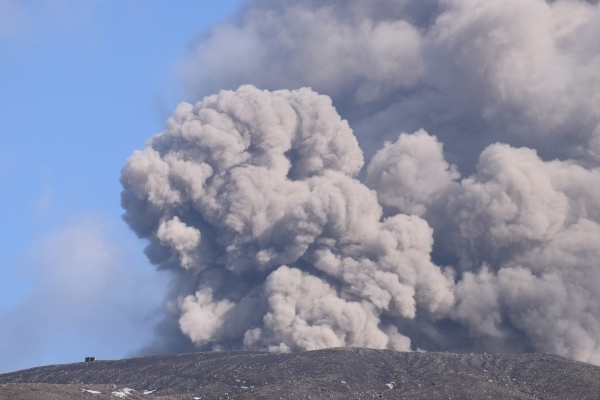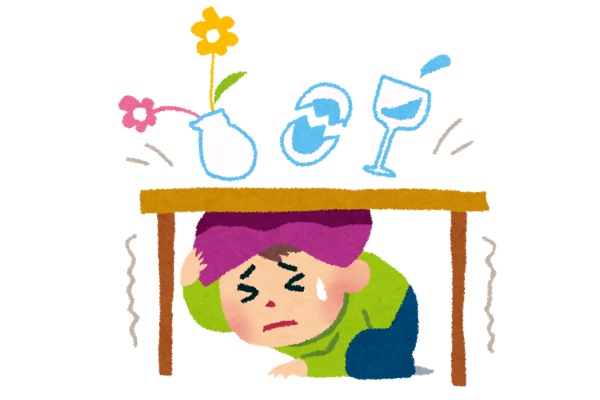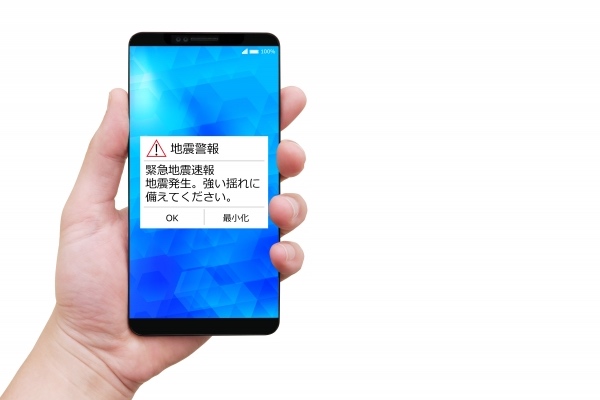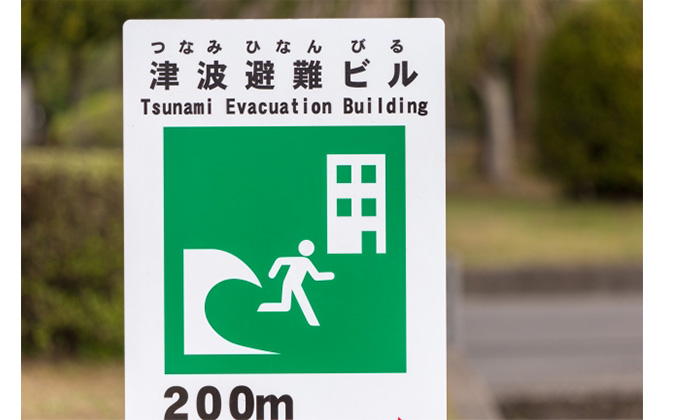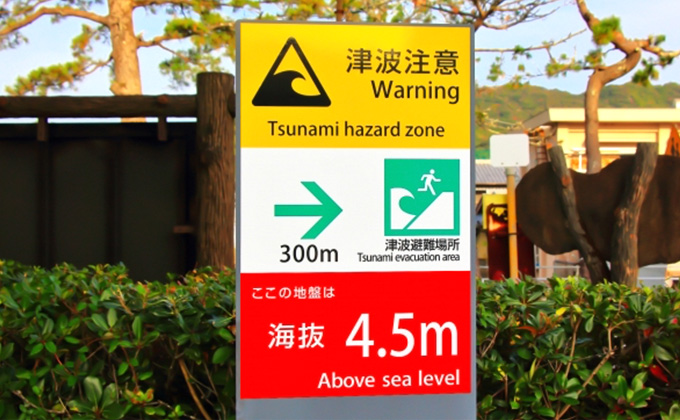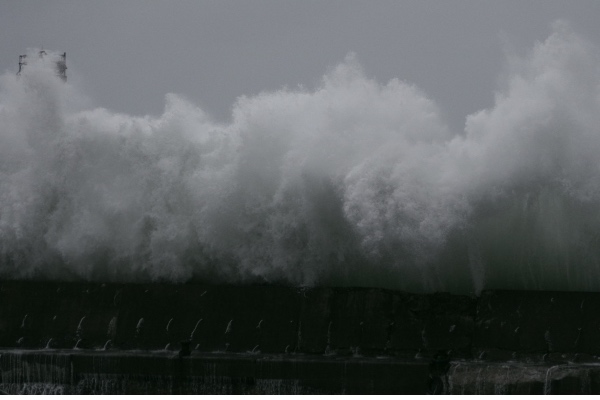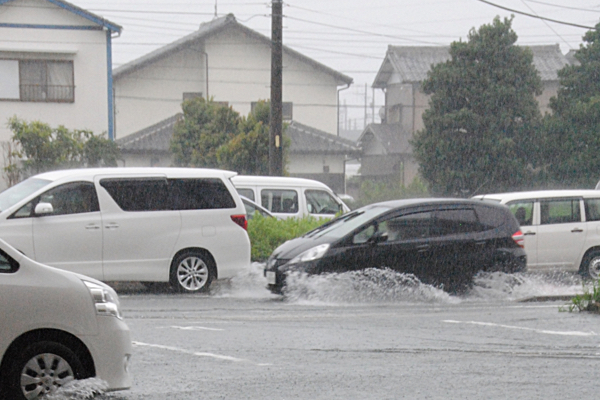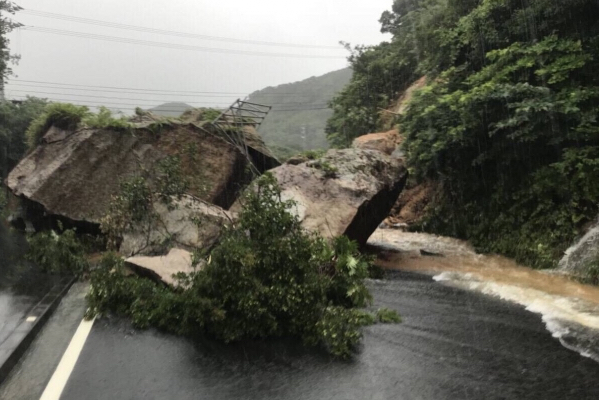TRG Info and Advice
Stay Safe in Japan: what to do in the case of a severe emergency
What should you do if there is a natural disaster while you are in Japan?
Japan is blessed with innate beauty, but at the same time, it is always exposed to the risks of natural hazards. Although we cannot stop natural disasters, you can stay safer if you are more aware of what you should do in times of disaster.
While it is still almost impossible to predict earthquakes and volcanic eruptions, suitable precautions can be taken before heavy rains or typhoons. Your safety depends on whether you take the right action at the right time. Prepare now to protect your life so you won’t have to regret it later.
Please take a moment to read through these safety tips during your stay in Japan.
Earthquakes
When you feel the earth shake, try to stay calm and do not rush outside. You may feel frightened, but close your mouth to prevent biting your tongue and wait for the tremor to stop.
Stay clear of large furniture, including cupboards and bookshelves, and glass windows. If possible, go under a desk or a table, or protect your head from falling objects with a cushion or a bag.
If you get awakened in the night by an earthquake, try to stay calm and protect yourself by covering your entire body with a futon. Do not jump out of bed in a panic, and be careful not to fall out of bed, either.
If an earthquake occurs while you are outside, stay away from block fences, signboards or glass windows. Be careful of falling objects.
If you are on a train or a bus, hold on tight to astrap or handrail.
If you are in an elevator, press the button for every floor and immediately get out wherever the elevator stops first.The latest models automatically stop on the nearest floor as soon as shaking occurs, and the doors open. There is always a contact system within an elevator, which allows you to calloutside. If you are stuck in an elevator, contact emergency services and wait for rescuers to come.
How to say, “I’m stuck in the elevator. Please, help!” in Japanese: Erebeta ni tojikome raremashita. Tasukete-kudasai.
Once the tremors have stopped, find and move to a wide-open space.
When evacuating from a high floor of a building, do not use the elevator because you could become stuck due to malfunctions or lack of power.
Watch a video showing what to do in case of an earthquake. https://www.tokyo-icc.jp/english/information/howto.html
Emergency Earthquake Alert
When an earthquake is predicted to be larger than shindo 5-jaku (refers to the degree of shaking, not magnitude), an Emergency Earthquake Alert (Warning) is issued on TV, radio and mobile phones. If an alert goes off, try to stay calm and go to a safe place. If the epicenter is close to your location, an earthquake may occur before the alert.
Tsunami
After earthquakes, tsunamis can occurin coastal areas. If the earth begins to shake, move to higher ground immediately and quickly,using the Evacuation Area and Evacuation Building symbols as guides. Even after you are on a higher ground, please do not hesitate to move even higher if necessary.
Tsunamis can travel up along rivers from the mouth. If you are near a river, run away at a right angle to the river, towards higher ground.
“Even if you have evacuated 100 times and a tsunami has never come, you must still run on the 101st time.”
Inscription on the Tsunami Memorial Stone in Kamaishi City, Iwate (one of the areas severely hit by the tsunami of 2011)
Tsunami Warnings:
In the coastal areas, Tsunami Warnings are issued just a few minutes after the quake hits in case there is a tsunami threat. You will hear sirens going off if you are in the coastal area, but DO NOT wait for a tsunami warning or instructions. Leave the coast or river and go to higher ground immediately.
Typhoons
Unlike earthquakes, we know beforehand that typhoons are approaching. Be vigilant of weather forecasts and warnings, and be prepared.
When a typhoon comes, strong winds howl.
Try to stay indoors and away from windows and glass doors.
Stay away from rivers because there is a risk of flooding.
Never go near the sea, because there is danger of a storm surge.
When a strong typhoon hits, public transportation can be disrupted. Try to get the latest traffic information.
Heavy Rains
Do not go near rivers or canals because there is a risk of flooding.
With heavy rain comes the increased risk of landslides in areas near mountains or cliffs. If you are in such an area, try to evacuate as soon as possible.
Rainwater may flood underground passageways and subway stations, so get above ground as quickly as you can.
Useful Tools and Information Sources to Protect Your Life
Safety tips
Safety tips is a mobile app presented by Japan National Tourism Organization and the Government and provides useful information in the case of an emergency situation. The app provides Emergency Earthquake Alerts, Tsunami Warnings, Special Weather Warnings, and VolcanicEruption Alerts, and tells you what to do. It also provides communication cards that can be used if you don’t speak Japanese, andwebsite links that can be used to get moreinformation.
https://www.jnto.go.jp/safety-tips/eng/app.html
Japan Visitor Hotline (JNTO Call Center)
Open 24 hours a day, 7 days a week, Japan Visitor Hotline accepts general inquiries about tourist information and offers support if you need assistance in the case of an emergency. This service is available in English, Chinese and Korean as well as Japanese.
Telephone number: 050-3816-2787
00000JAPAN (five zero Japan)
00000JAPAN is a free Wi-Fi that is available when a severe natural disaster occurs. You can have access to the Internet. Please note that this network’spriority is a goodconnection, and does not ensure security. Be careful when communicating your personal information.
Tokyo Multilingual Call Center
Run by Tokyo Metropolitan Government, Toyo Multilingual Call Center is open 24 hours a day, 365 days a year.
You can get basic information about transportation, tourist attractions, and nearby hospitals.
English: 0120-805261
http://call.tokyo.jp/en
Follow JNTO’s Japan Safe Travel Twitter account @JapanSafeTravel
Japan Safe Travel provides necessary information for international travelers in case of natural disasters.
#JNTO operates a visitor #hotline 24 hours a day, 365 days a year. Call for #tourist information or assistance in the case of accidents and #emergencies. #Support is available in English, Chinese, Korean and Japanese
From Japan 050-3816-2787
From Overseas +81-50-3816-2787— Japan Safe Travel (JST) (@JapanSafeTravel) December 27, 2018
VoiceTra
VoiceTra is a free voice translator app. Currently, it can translate 18 languages including English, Mandarin, Cantonese, Korean, French and German into Japanese.
http://voicetra.nict.go.jp/en/index.html
List of Medical Institutions that Accept International Patients
You can find medical institutions that provide treatment in foreign languages. (Available in Japanese, English, Simplified/Traditional Chinese and Korean)
English version: https://www.jnto.go.jp/emergency/eng/mi_guide.html
Guidebook on How to Receive Treatment at a Medical Institution
The guidebook contains instructions on how to navigate a medical institution in Japan, finger-point conversation sheets which are useful to convey symptoms, etc. (Available in six languages including English, Simplified/Traditional Chinese, Korean and Thai.)
English version: https://www.jnto.go.jp/emergency/common/pdf/guide_eng.pdf
NHK World Japan
NHK World Japan is a 24-hourchannel in English, both on TV and online, that offers the latest news in Japan and Asia. Make use of this as an information source in case of severe natural disasters.
https://www3.nhk.or.jp/nhkworld
STEP Program (for travelers from the US)
Contacting the American Embassy and enrolling in their STEP program allows you to register your trip with the embassy, therefore giving you access to alerts and advisories, as well as providing a way for family and friends to contact them in an emergency.
https://step.state.gov/step
Mobile battery chargers
In the case of a natural disaster due to power cuts, your mobile phone might run out of power when you need it the most. Bring a battery charger with you so that you can use your phone to gather information and contact your family, etc. (Before you come to Japan, discuss with your family how to report your safety in case of emergency.)
Ikebukuro Life Safety Learning Center
You can experience two-minute tremors free of charge.
Location: 2-37-8 Nishi-Ikebukuro, Toshima, Tokyo
Getting here: 5-minutes from South, West or Metropolitan Exits of Ikebukuro Station
Hours: 12:00 pm – 12:30 pm
Closed: Tuesday, the third Wednesday of the month, year-end and New Year’s
Ikebukuro Life Safety Learning Center provides guided tours, too. Reservation required. For details, please visit http://www.tfd.metro.tokyo.jp/hp-ikbskan.
Want to know more? Click here for a collection of articles on everything Japanese.






